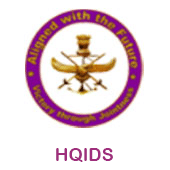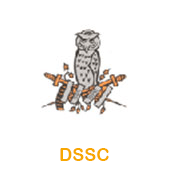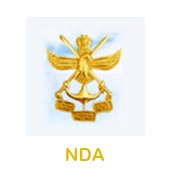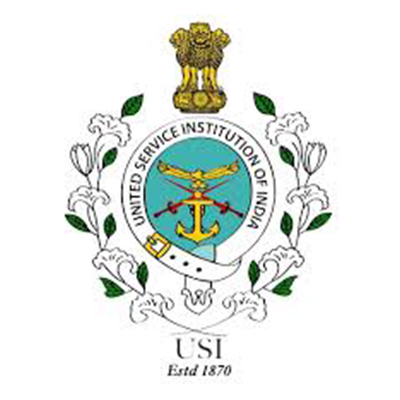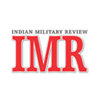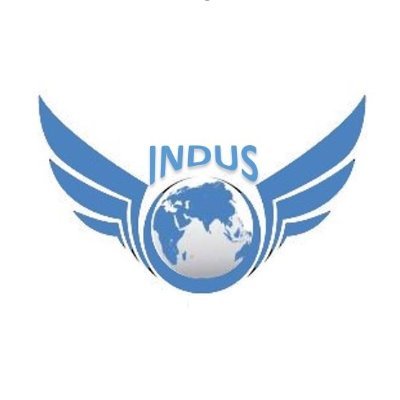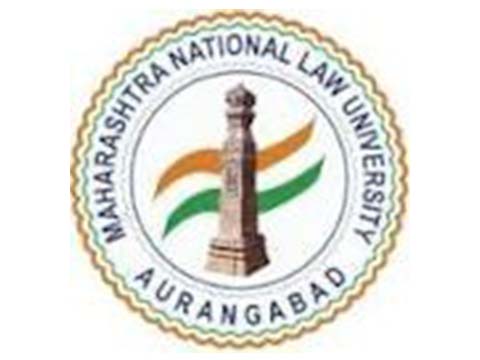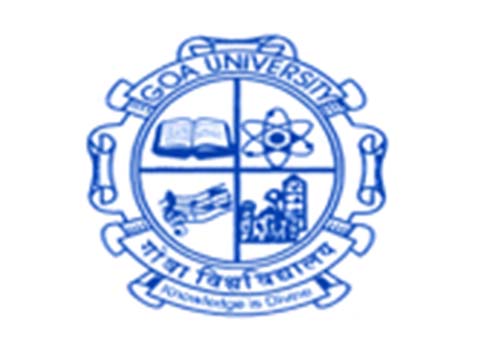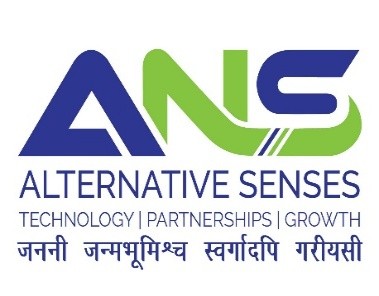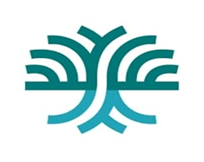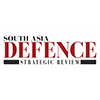Seminar | 06-Nov-2019
Posted on | 27-Aug-2018
PROCEEDINGS OF THE ROUND TABLE DISCUSSION ON INDO-US RELATIONS “ WAY AHEAD
1. Indo-US relations have seen many ups and downs in the years gone by. From the low points during 1971 Bangladesh Liberation War to sanctions after 1998 Pokhran II nuclear tests; the signing of Indo-US nuclear deal in 2005, frequent US Presidential visits to India and upswing in the relations after 2014 are noteworthy high points. The relationship is gradually moving upwards after the declaration of the US South Asia Policy and US National Security Strategy. Renaming of the Asia-Pacific region to Indo-Pacific and re-designating US Pacific Command as US Indo-Pacific Command are the signals of the US intent in taking the relationship to even higher echelons. The emergence of the concept of Quadrilateral Security Dialogue or Quad involving India, Japan, USA and Australia and consequently initiation of the 2+2 dialogue between India and the US are further indications of the way ahead for this relationship.
2. There are many uncertainties and ifs and buts for realising the full potential of this relationship. US sanctions on Iran under their CAATSA (Countering American Adversaries through Sanctions Act) would adversely affect India’s interests in the region. The emerging Indo-US trade relations also have many issues to be resolved.
3. To understand the likely way ahead for the Indo-US relations, a Round Table Discussion (RTD) was conducted by the CENJOWS on 27 Aug 2018 at Purple Bay, Jodhpur Hostel. The Indian view points were articulated by the Ambassador Ashok Sajjanhar and Lt Gen Khandare. The US was represented by a team of Senior Professors from the US Air War College (AWC). Maj Gen Dipankar Banerjee (Retd) gave the opening remarks and Lt Gen Vinod Bhatia, Director CENJOWS, welcomed the delegates and participants. About 50 serving and retired defence officers from all the three Services, think tank senior fellows and journalists attended the RTD.
4. The Indian team felt that there has been an exponential trajectory achieved by the relationship, starting from common values of democracy leading to confluence of interest. Terrorism is also a common concern for both the countries. Rise and assertiveness of China is also bringing India and US closer as they happen to be on the same side on most issues. PM Modi after 2014 has pumped in a new energy in the relationship as was witnessed during his Jun 2016 US visit and address to the US congress. Presently, there are 20 channels through which Indo-US dialogue is progressing well. Under STA-1 US would make 90% of sensitive technologies available to India. Sanctions on Iran would affect India’s Chabahar Port operations and access to Afghanistan and Central Asian Republics (CARs). US sanctions against Iran would afford opportunities to Russia and Saudi Arabia. This port along with International North South Corridor (INSC) will be helpful for India and the US for having access to the Afghanistan and CARs further up. Saudi Arabia which is likely to be benefitted from the sanctions on Iran oil has Wahabi leanings which could encourage similar tendencies in India’s neighbourhood as well.
5. The US Team was of the view that the six Indo-US Relationships namely Government to Government, Military to Military, Indian Student and US Universities, Bengaluru and Silicon Valley, Hollywood and Bollywood have various shades of maturity and scope for expansion. US also consider India as a balancer against China in the long run. Mr. Trump was inclined towards reversing the deal reached by the Obama administration as promised during his election campaign. As a result of the sanctions India’s oil import from Iran will have to be reduced. China believes that through Quad US wants India’s help against China. Concept of Quad is not tenable as the national interests of all four countries, their capabilities and size of economy is much different. Individual viewpoints of the delegates are summarised in the following paragraphs.
6. Ambassador Sajjanhar gave a broad overview of the relations. He chronologically highlighted the important landmarks and also the congruence and conflict situations. He noted that soon after the 1998 nuclear tests, PM Vajpayee during his Sep 2000 visit to the US described India and US as natural allies. In 2008 President Bush administration helped India in getting a NSG waiver at Vienna Convention. In Nov 2010, President Obama viewed the relationship as defining partnership of 21st century. In Jun 2016 PM Modi called it as indispensable partnership. There has been an exponential trajectory achieved by the relationship, starting from common values of democracy leading to confluence of interest. Trade a major consideration of President Trump is important as India is a big market and investment destination. Terrorism is also a common concern for both the countries. Rise and assertiveness of China is also bringing India and US closer as they happen to be on the same side on most issues. India’s largest caucus in the US congress is playing a vital role in bringing India and US closer as was seen on various occasions in the past.
7. 2010-2014 was a phase of hibernation and stagnation for the Indo-US relations due to lack of initiatives by both sides. PM Modi after 2014 has pumped in a new energy in the relationship as was witnessed during his Jun 2016 US visit and address to the US congress where he stated that both nations has now overcome the hesitation of history.
8. Present US administration headed by President Trump has also set all doubts to rest. His National Security Strategy and South Asia Strategy are clear indications of the importance he gives to India. His position against the duplicity of Pakistan was also made clear by him on 01 Jan this year when he tweeted about their deceits and lies and being a safe haven for terrorists.
9. Presently, there are 20 channels through which Indo-US dialogue is progressing in which bilateral, regional and global issues are being covered. In view of China rise the US has renamed the Asia Pacific area as Indo Pacific and renamed their command also as Indo-Pacific. India is expected to play a bigger role in security structure especially in South China Sea where China is exercising control over all islands and has placed weapons there. The Quad has also been revisited after ten years as these countries want the region to be free, open and prosperous. In view of the CAATSA sanctions also, US is viewing India as a victim especially for acquiring S400 missile system from Russia. Indo-US trade has also reached 116 Bn USD and US is India’s second largest trade partner. Under STA-1 US would make 90% of sensitive technologies available to India.
10. Two issues affecting Indo-US relations need attention. Sanctions on Iran would affect India’s Chabahar Port operations and access to Afghanistan and Central Asian Republics (CARs). Secondly, talks to reduce the trade deficit need to be progressed. In fact it is already decreasing and Mr. Suresh Prabhu has identified the problem and stressed on increased trading for this purpose. It could therefore be stated that Indo-US relations are following a positive trajectory acquiring critical significance of security, strategy, trade and defence.
11. Dr Amit Gupta from AWC spoke about the six Indo-US Relationships namely Government to Government, Military to Military, Indian Student and US Universities, Bengaluru and Silicon Valley, Hollywood and Bollywood. He observed that there is no US intrinsic value attachment as with Israel and Europe. US also consider India as a balancer against China in the long run. He also described the US history and alliances from 1890 to the proposed quadrilateral security architecture. He noted that if political will changes then so will the scope of this relationship. Therefore, relationship can only change if you see mutual trust building up. He concluded by saying that Indo-US partnership has a potential for greater political relationship.
12. Lt Gen Khandare observed that the US sanctions against Iran would afford opportunities to Russia and Saudi Arabia. Media doomsday scenario is not realistic one. In Chabahar Port India is not the only stake holder. This port along with International North South Corridor (INSC) will be helpful for India and the US for having access to the Afghanistan and CARs further up. India could be a mediator between Iran and US for reaping the benefits. Under the impact of new US sanctions Iran is likely to depend more heavily on Russia and China which is likely to favour them in the emerging global order. Saudi Arabia which is likely to be benefitted from the sanctions on Iran oil has Wahabi leanings which could encourage similar tendencies in India’s neighbourhood as well. But then Iran also supports outfits like Hezbollah, Hamas and Houthis which affect Israel and Saudi Arabia both allies of the US. US sanctions on Iran would adversely affect US too as it would dent the US credibility about its global agreements.
13. Mr. Sorensen from AWC gave US viewpoint about the likely effect of the US, Iran sanctions. Earlier Iran wanted to become more like Europe. After the 1979 revolution, Iran’s trajectory changed completely. It nurtured nuclear ambitions. US sanctions were lifted after reaching the Joint Comprehensive Plan of Action (JCPOA) and Iran abided by the agreement but the present US administration started calling it worst deal ever made. Mr. Trump was inclined towards reversing the deal reached by the Obama administration as promised during his election campaign. As a result of the sanctions India’s oil import from Iran will have to be reduced.
14. Dr Zhang from AWC dwelled upon the emerging concept of the Quadrilateral Security Dialogue or Quad and opined that China believes that through Quad US wants India’s help against China. But China does not care about this development. China is more concerned about its internal development such as national unity and territorial integrity. No country has been able to dictate terms to China militarily ever since Korean War. US is unlikely to invade China. After all, China is the second largest economy in the world today. The consequences of the collapse of Chinese economy will be felt by all. He opined that the concept of Quad is not tenable as the national interests of all four countries, their capabilities and size of economy is much different. In spite of the US trade war Sino-US broader relations are important and working. China focuses on its internal programmes. Only Chinese government can influence its own people. China also wants India for its security. PM Modi’s Wuhan visit was a step in this direction. SCO peace mission initiative is also likely to facilitate this. Chinese Defence Minister’s recent visit to India was also aimed at security.
15. It was clarified by Ambassador Sajjanhar that the Quad is not related to a war preparation. US and other nations expect a responsible behavior from China which is what they don’t see in view of the development in South China Sea. The Quad would essentially help in balancing China and is a work under progress. He observed that the BRI is also turning out to be problematic as seen in Srilanka, Malaysia and even in Pakistan.
16. In his concluding remarks Lt Gen Bhatia opined that national interest always comes first. India a regional and responsible power must shift from balance of power to balance of interest.

